Our Carnival & Cabaret exhibit celebrates the art of having fun. This month we are looking back at how ceramic artists have portrayed amusement fairs of the past. Romany gypsies, peddlers, and other travelers were romanticized in the figure collections of Charles Vyse and Royal Doulton during the 1920s.
William Henry Pyne in his 1808 book on British Costumes gives us a feel for country fairs of the period with his illustrations of a bell ringer, a traveling halfpenny showman with his raree or peep show, as well as a roundabout powered by running boys, a forerunner of the carousel. In his accompanying text, Pyne talks of the “carts, wagons, chaises, caravans and horses which transport from one fair to another, strolling players, harlequins, pantaloons, punches, scaramouches, tumblers, salt-box musicians, wild beasts, giants, dwarfs, monsters, learned horses, learned pigs, fire-eaters, stone eaters, fortune tellers, conjurers and fools.” Royal Doulton used Pyne’s illustrations for their Old English Fairs Series Ware plates in the early 1900s. Another of Pyne’s publications Etchings of Rustic Figures 1814 inspired their extensive Gleaners & Gypsies series. The lives of the Romany travelers and itinerant laborers were romanticized in post-industrial Britain when their unconventional roaming lifestyle was the envy of office and factory workers. Leslie Harradine commemorated two of these robust itinerant women in his Royal Doulton figures of The Gleaner and Young Mother with Child in 1928 and 1929.
Gypsy is a derivative of Egyptian where the Roma were once thought to originate. However, now it is believed that they originated in India and migrated to the Near East and Western Europe, reaching Britain in the early sixteenth century. Typically, they traveled in family groups and earned a living as hawkers, tinkers, street performers and horse traders. Many were associated with traveling fairgrounds and carnivals which were a feature of English towns and villages and gypsies often specialized in fortune-telling. Leslie Harradine produced a popular figure of a gypsy Fortune Teller for Royal Doulton in the 1950s which was followed by two character jug portraits. Two prototype figures of gypsy characters in the Wiener collection were modeled by Mary Nicoll for Royal Doulton but they did not go into production.
Artists and photographers gravitated to the seemingly carefree wandering lifestyle of the Roma and recorded their colorful ostentatious dress in paintings and pottery figures. In his youth, the infamous painter, Augustus John, adopted a gypsy lifestyle having been taught how to poach and cook food by some Irish tinkers. In the early 1900s, he traveled and painted, often in a Romany caravan, with his two women and all their children. The gypsy culture and lifestyle also intrigued Sir Alfred Munnings, who specialized in painting the Romany horse fairs. Charles Vyse has captured the spirit of these occasions in his Horse Fair figure from 1934 which displays his great skill in equine modeling.
One of the most famous horse fairs at Appleby in Cumbria dates to 1685 and still survives today for buying and selling horses. Each June, Appleby attracts more than 10,000 gypsies and travelers with about 1000 caravans. The horses are traditionally bathed in the river and gallop down the “mad mile” to demonstrate their speed. Royal Crown Derby has commemorated the Appleby Fair with paperweights and plates thanks to the popularity of their Imari wares with the gypsy community. For many years, the Romanies decorated their distinctive caravans, known as vardos, with the richly gilded Imari brocade patterns. In tribute, Royal Crown Derby produced Imari paperweights of the different styles of vardo, including the Burton, the Ledge, and the Barrel Top wagons.
Gypsies and their caravans were once a major part of the festivities at the Epsom and Ascot racecourses. However, their campsites were banned at Epsom in 1929. The artist, Dame Laura Knight befriended groups of gypsies at the Epsom races and they posed for her paintings. She also visited their settlement at Iver, which was normally closed to outsiders. At the same time, Charles Vyse was visiting fairs and racecourses seeking inspiration for his figure collection. The Epsom races were a favorite excursion for Charles and Nell Vyse and their children. He wandered the racecourse with his sketchbook in hand and said of his subjects “that they must have an indefinable charisma to set them apart from the ordinary women of the day.” He found what he was looking for in the hardy gypsy women with their flamboyant garments and larger than life personalities. His Juno-esque gypsy women, such as Madonna of the Racecourse, were inured to an outdoor life, just like his London street vendors.
Vyse’s first figure, The Balloon Woman, was launched in 1920 and an early advertisement for the Walker gallery claimed that the edition would never exceed 50 models. Each figure was individually hand-painted by his wife Nell and her assistants and features different colors for the dress and balloons. Vyse’s Balloon Woman could be selling her wares at a country fair or on the streets of London, just like his Windmill Woman of 1924. Much to Vyse’s frustration, both of these figures inspired popular imitations by Leslie Harradine for the Royal Doulton factory, as can be seen in the new book about 20th Century Figure Makers by T. Cartlidge and D.A. Lawrence.
Barnet Fair in London is now a pleasure fair, but it was once England’s largest livestock fair, dating back to 1588. Charles Vyse was a regular visitor to this annual September event in the 1930s and his figure At Barnet Fair from 1934 features a gypsy woman and child in a capacious knitted cardigan. Vyses’s other complex double figures of Gypsies 1924 and Gypsies Dancing 1936 were also modeled from his observations of life at horse fairs and pleasure fairs. Many of his gypsy figures are peddling flowers, trinkets, and domestic accessories, such as clothes lines and pegs. The Pedlar of 1925 has a basket laden with scarves and beads. Occasionally the gypsies hold a babe in arms, which no doubt increased sales and empathy. Vyse’s poignant scene of A Midday Rest depicts an exhausted itinerant vendor cradling her slumbering child on her lap.
In 1932, Vyse portrayed an imperious Romany matriarch entitled the Gypsy Queen. It was produced in monochrome ash glaze and multi-colored decoration. Vyse modeled two sizes, 11 ½ inches and 8 ½ inches, and the smaller version features a less formidable younger woman. The Wiener Museum also has a maquette for the smaller size. Vyse’s last gypsy figure Fair Taggly was spotted at Barnet Fair in 1937 and the resulting figure depicts a proud young woman, wearing a cretonne overall to protect her colorful dress. The accompanying advertisement proclaims, “Who was by far the loveliest at Barnet this year? No further explanation is required…She attracts by her very indifference.”
Read more ...
Royal Crown Derby in the Highlights article Prestigious Paperweights.
Charles Vyse and Leslie Harradine in the new book about 20th Century Figure Makers by T. Cartlidge and D.A. Lawrence. To order email [email protected]
Pleased as Punch an article about Punch & Judy at British carnivals.
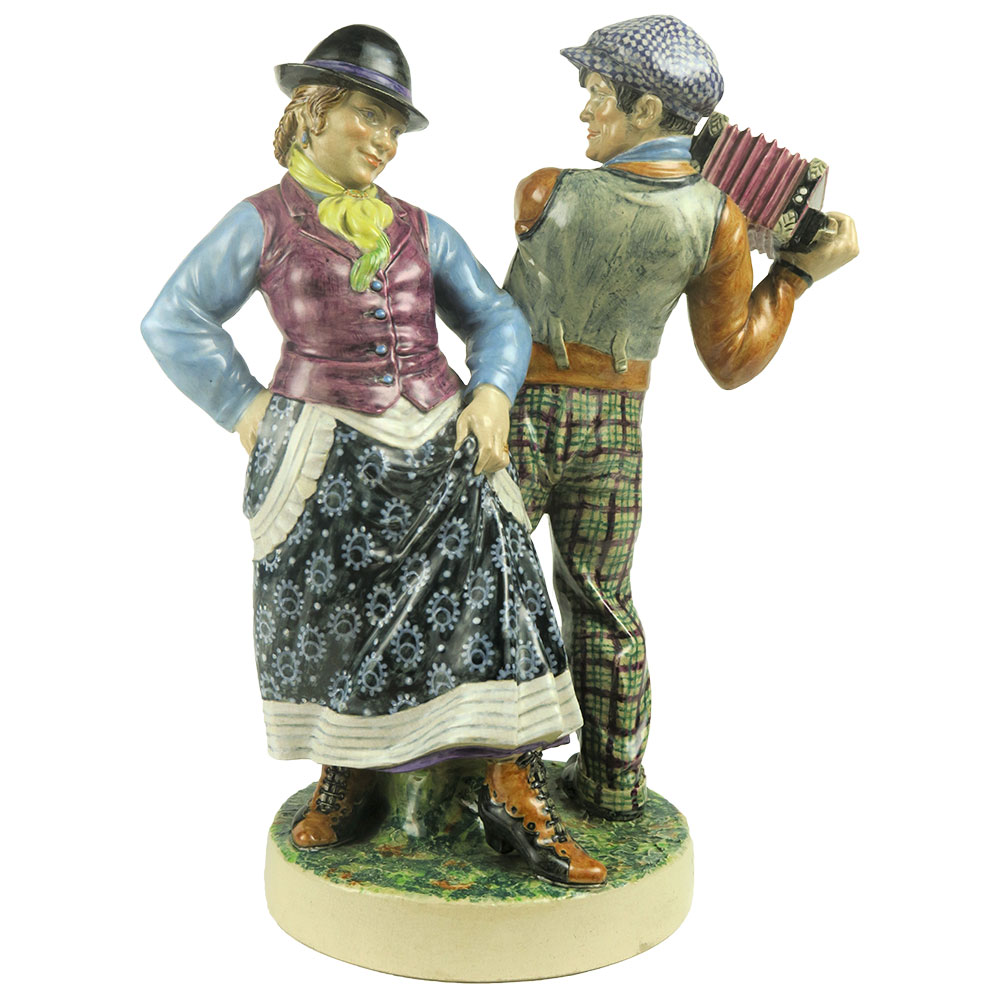
Gypsies Dancing by C. Vyse
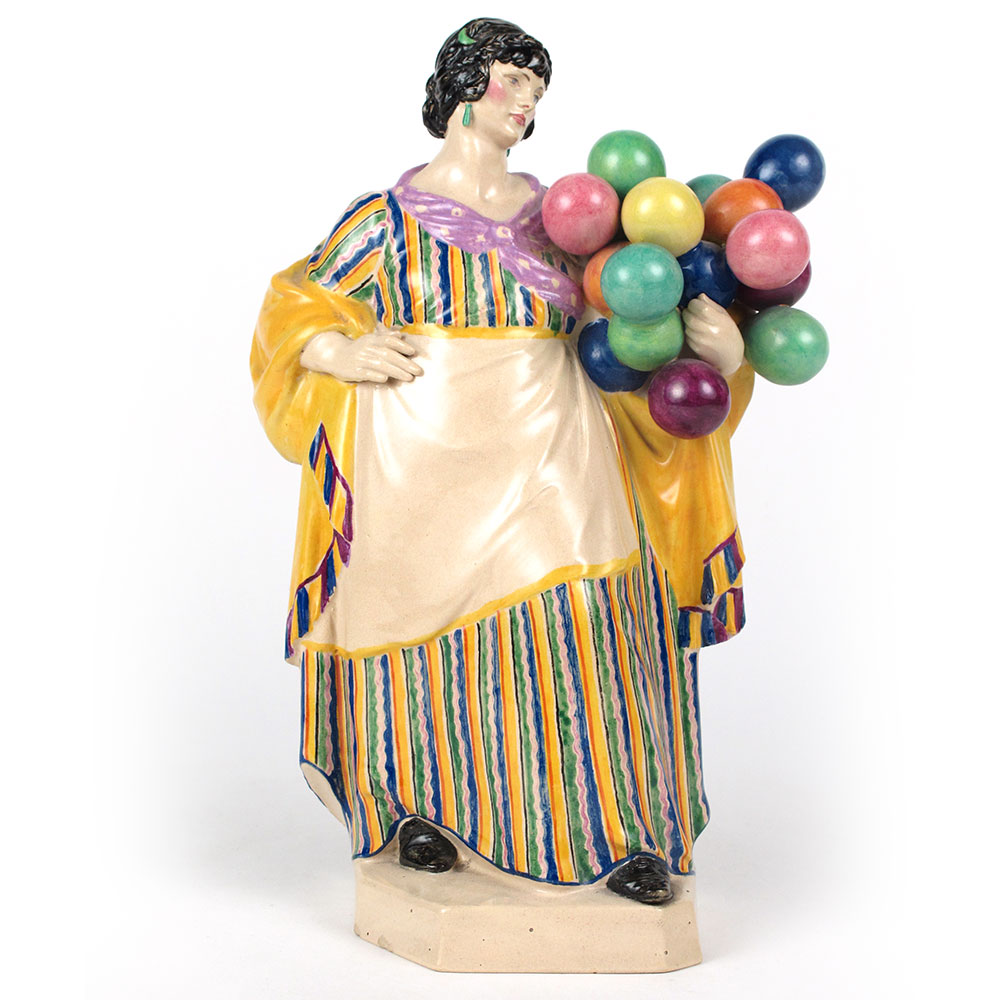
Balloon Woman by C. Vyse
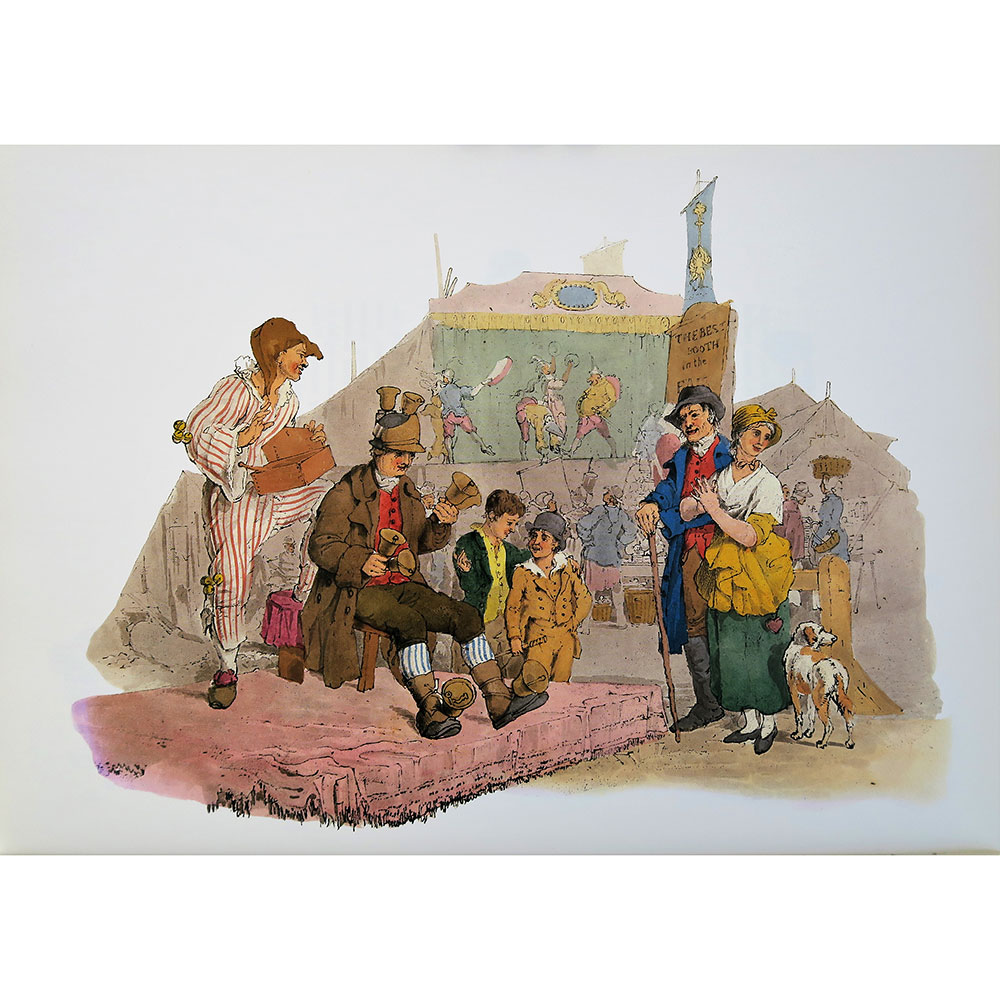
Country Fairs by W.H. Pyne
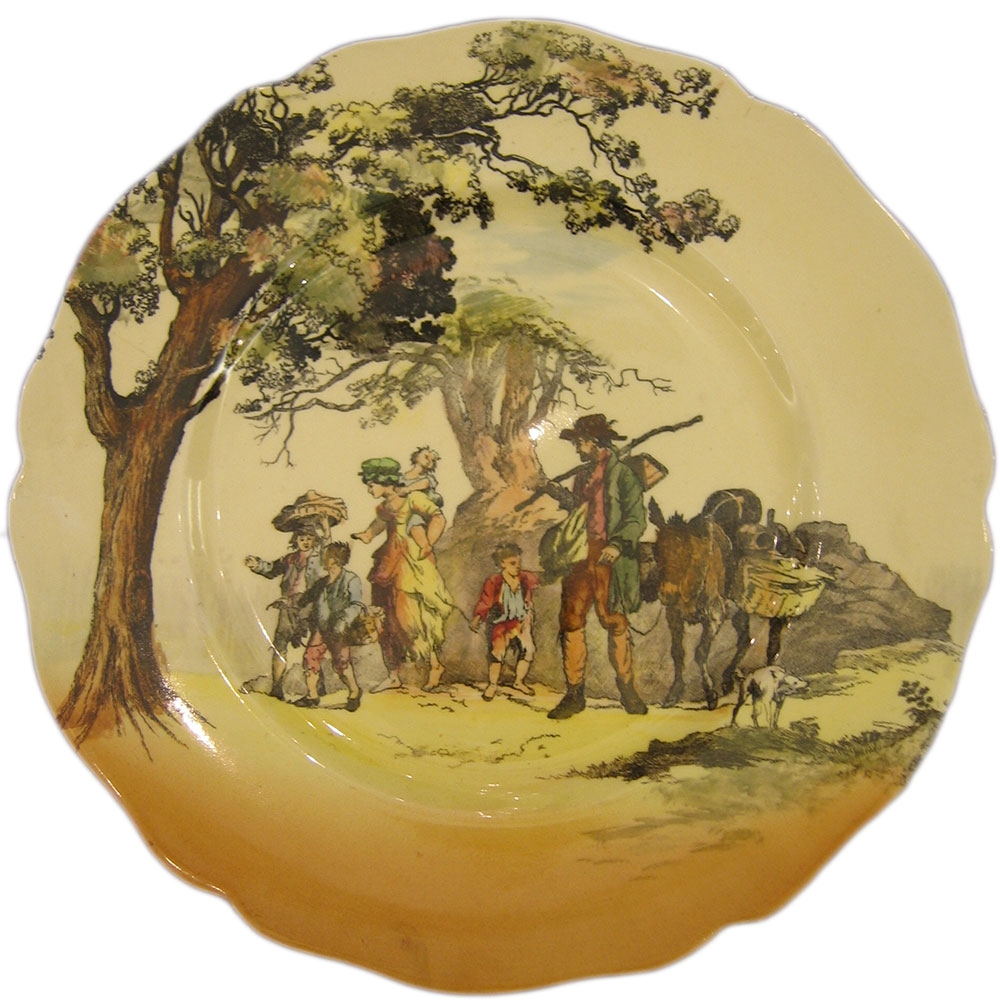
Royal Doulton Gypsies and Gleaners
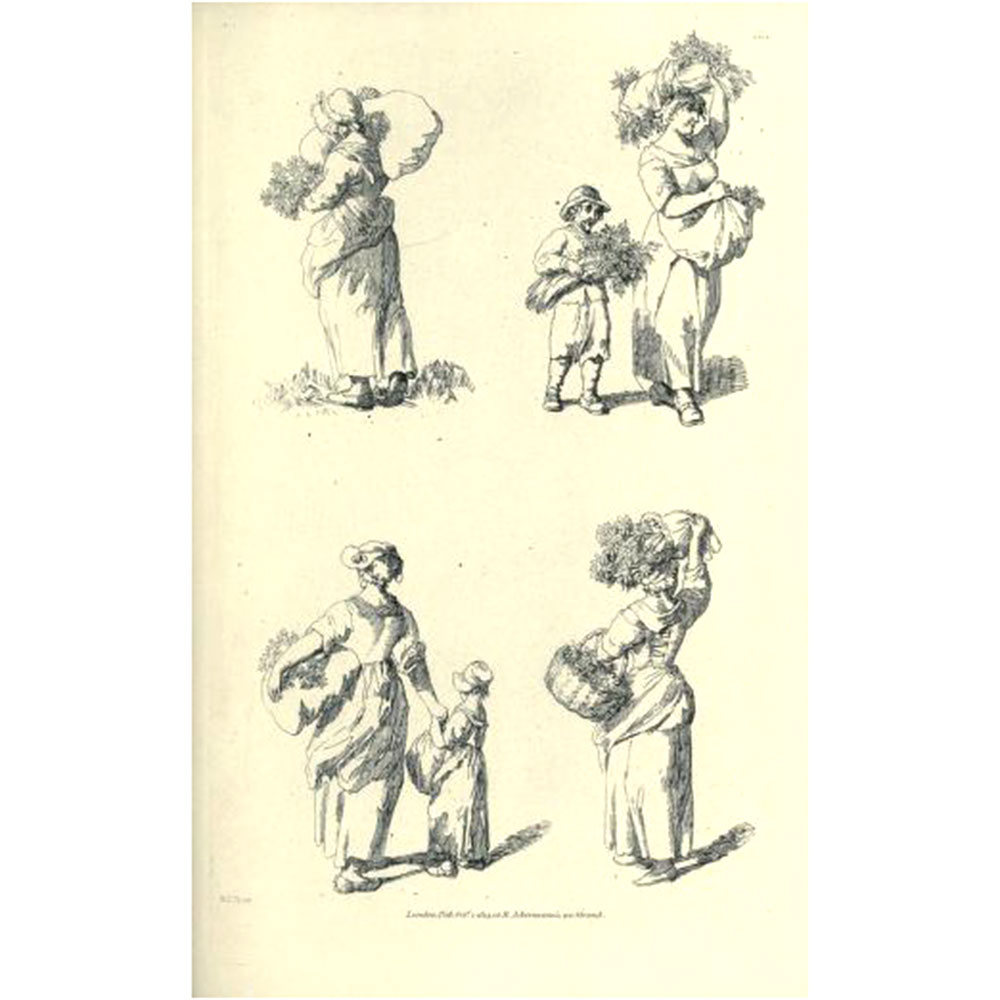
Rustic by W.H. Pyne

Royal Doulton The Gleaner by L. Harradine

Royal Doulton Young Mother with Child by L. Harradine

Royal Doulton Gleaners

Roundabout by W.H. Pyne
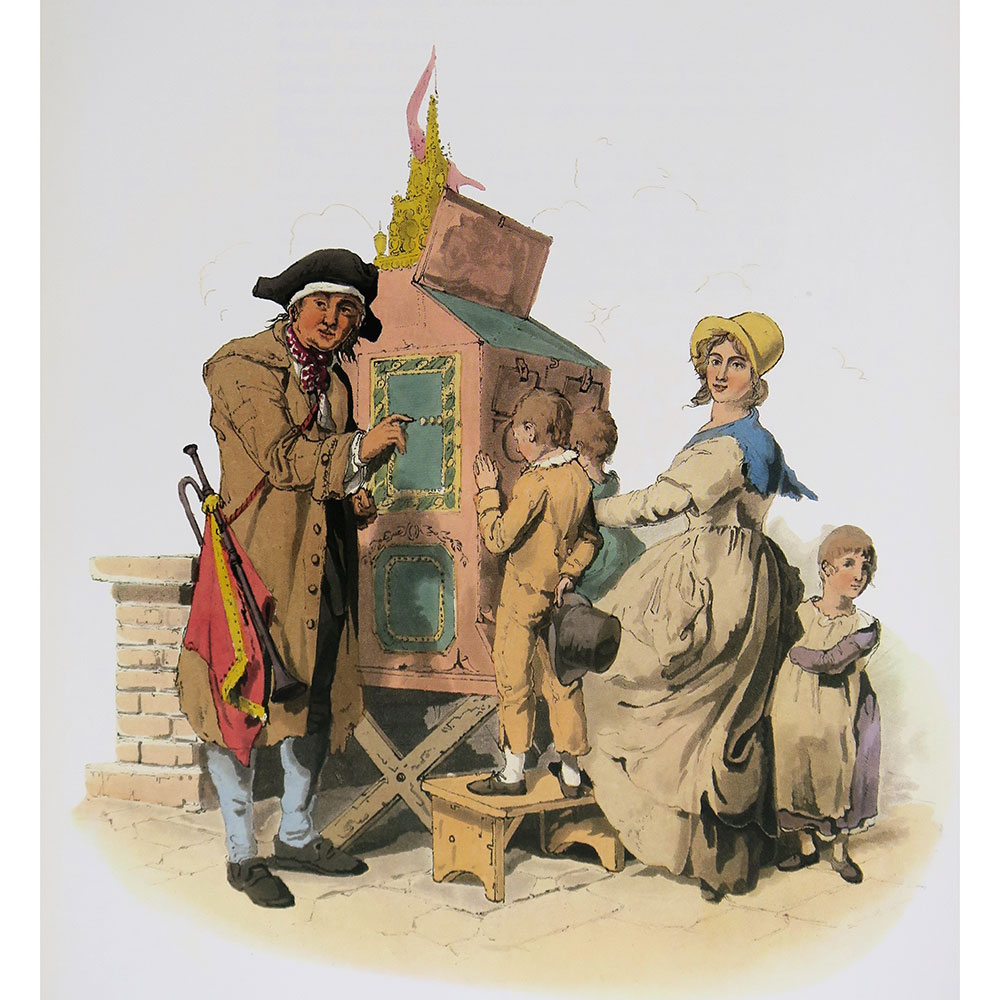
Halfpenny Showman by W.H. Pyne
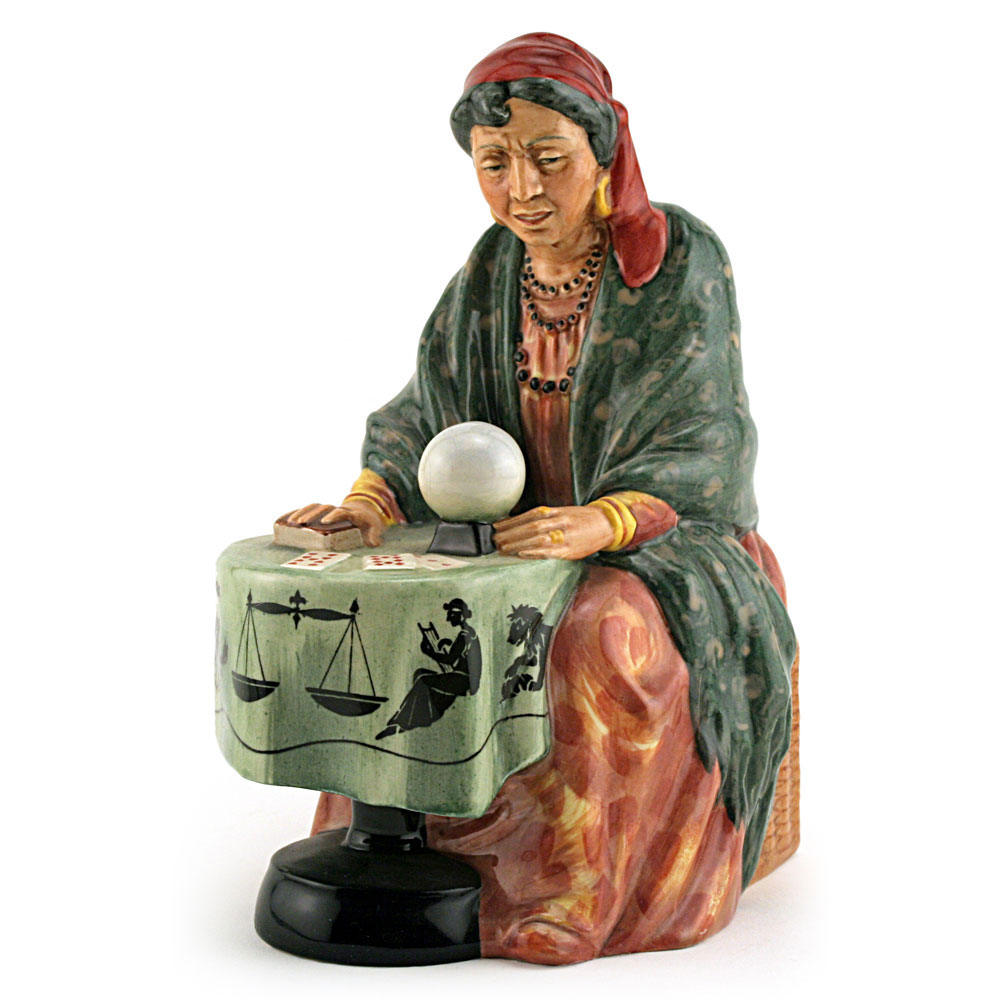
Royal Doulton Fortune Teller by L. Harradine
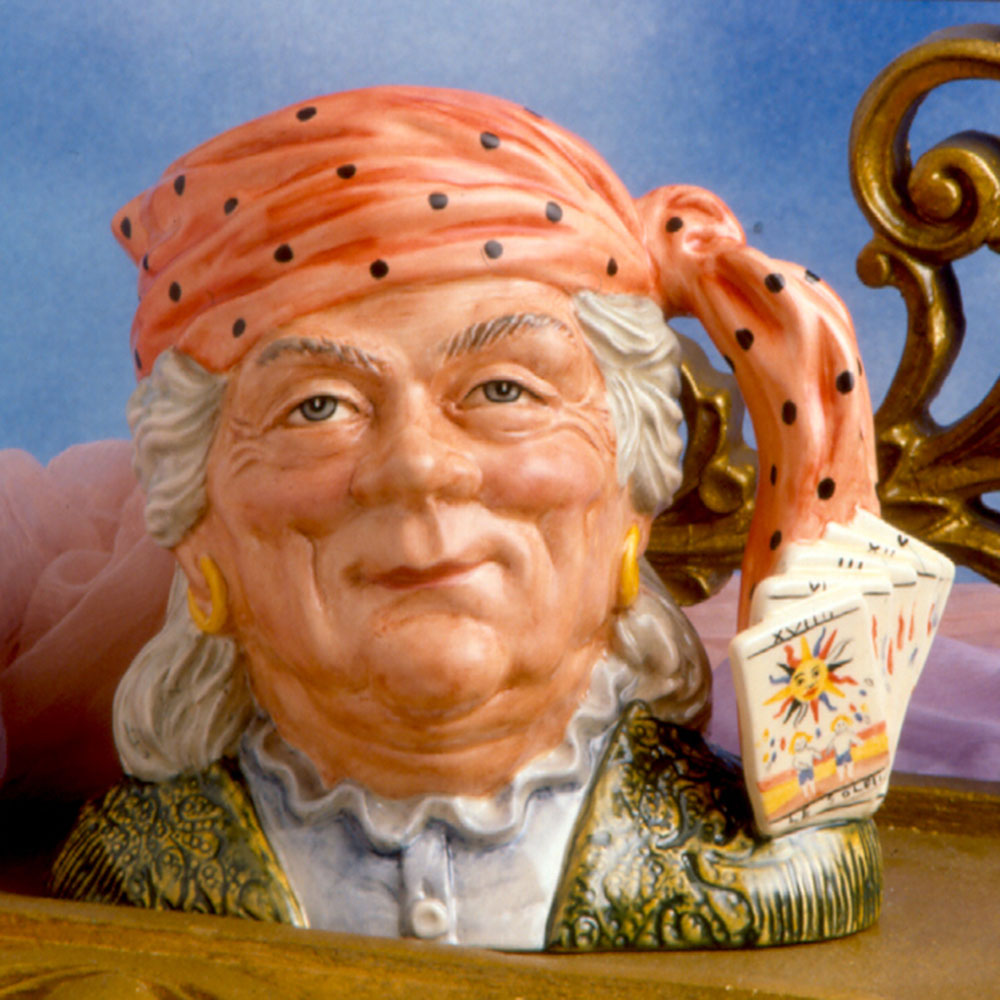
Royal Doulton Fortune Teller by S.J. Taylor
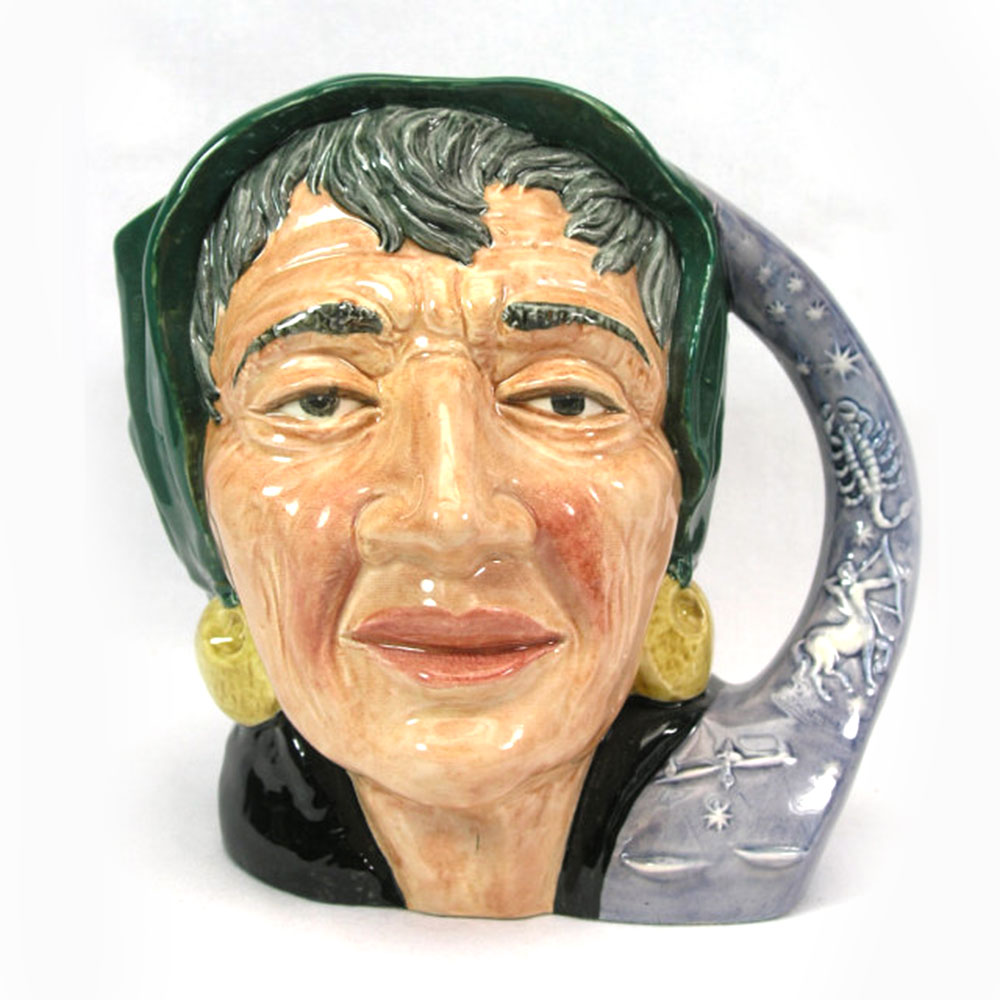
Royal Doulton Fortune Teller by by G. Sharpe

Royal Doulton Fortune Telling Tea Cup
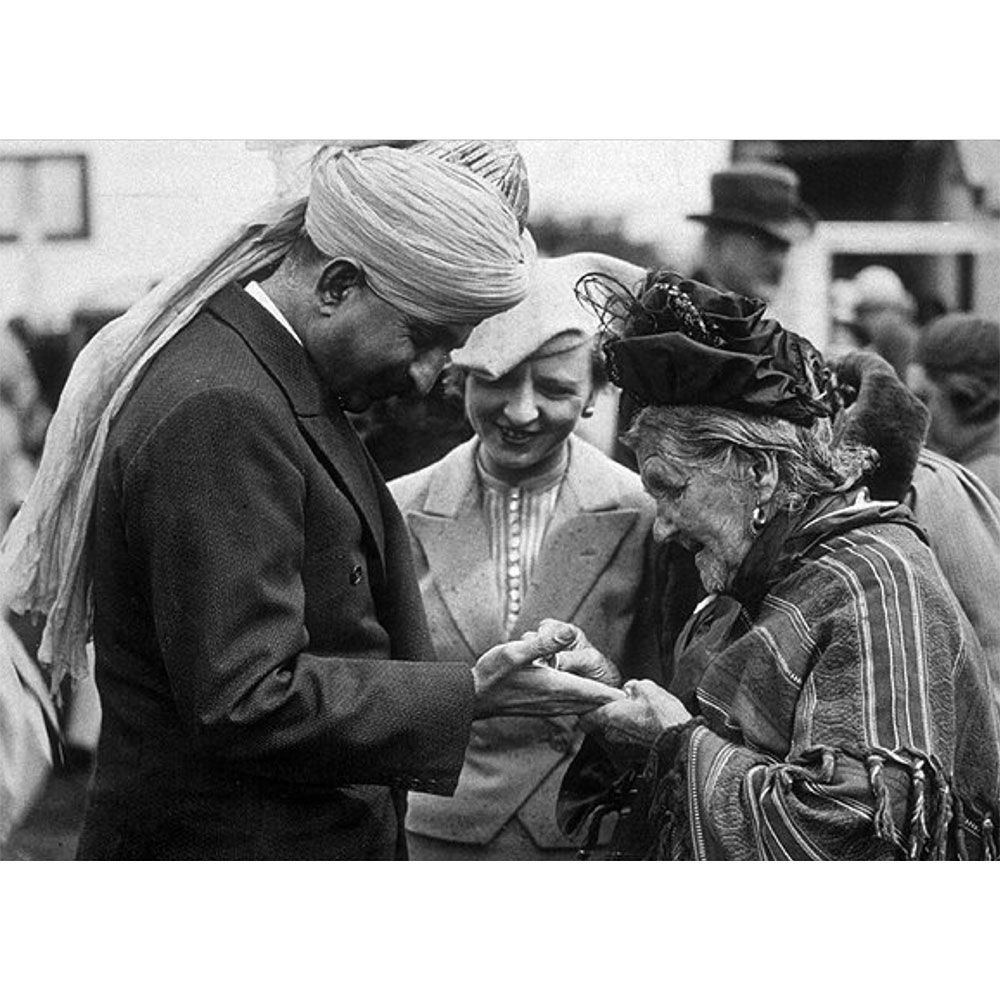
Fortune Teller at Epsom

Gypsy & Lurcher Prototype by M. Nicoll

Gypsy Fiddler Prototype by M. Nicoll

The Caravan by A. John
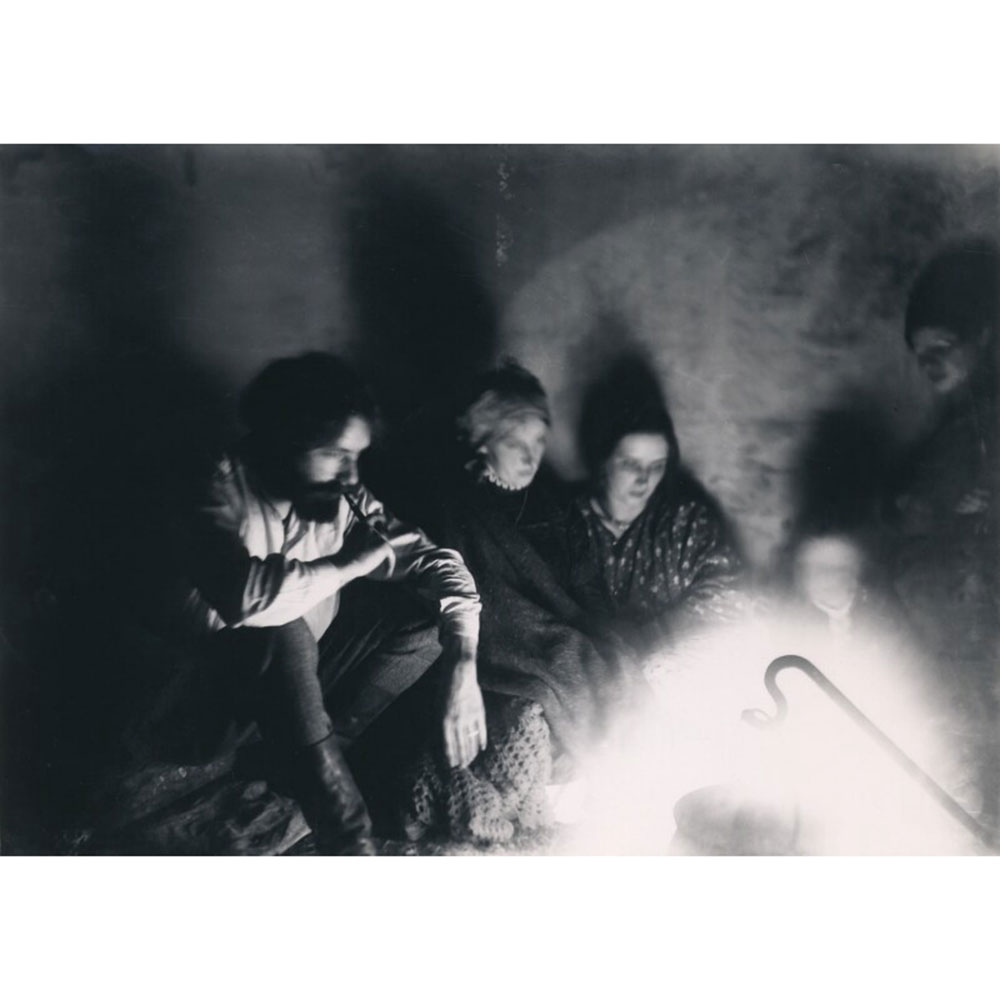
Augustus John Campsite
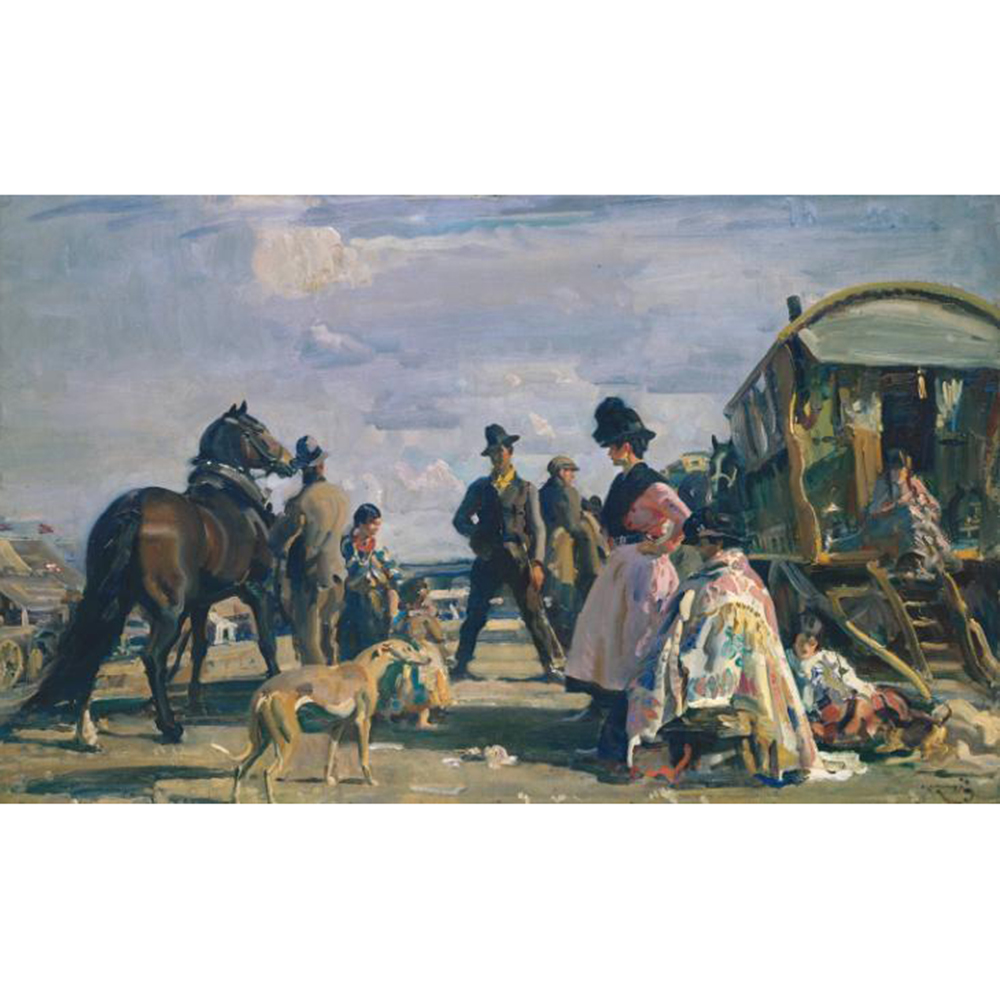
City and Suburban Day by A. Munnings

Horse Fair by C. Vyse
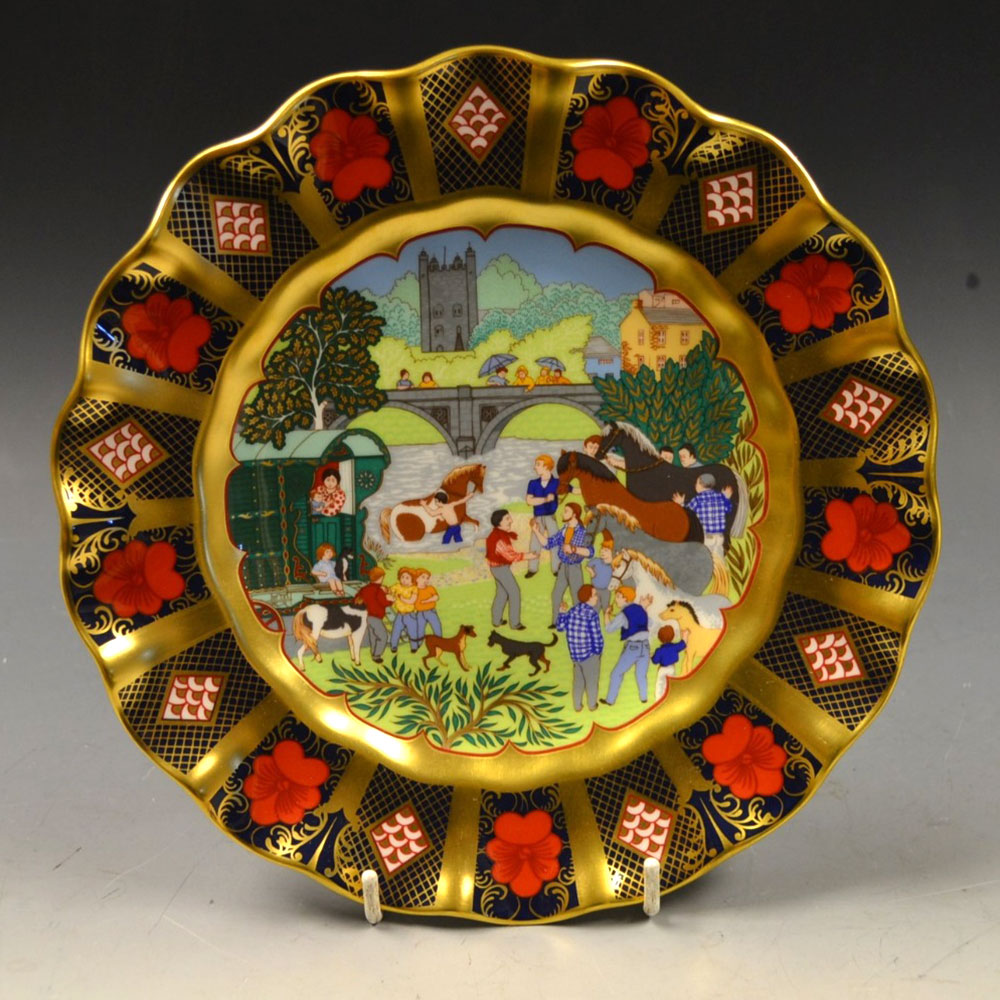
Royal Crown Derby Appleby Fair
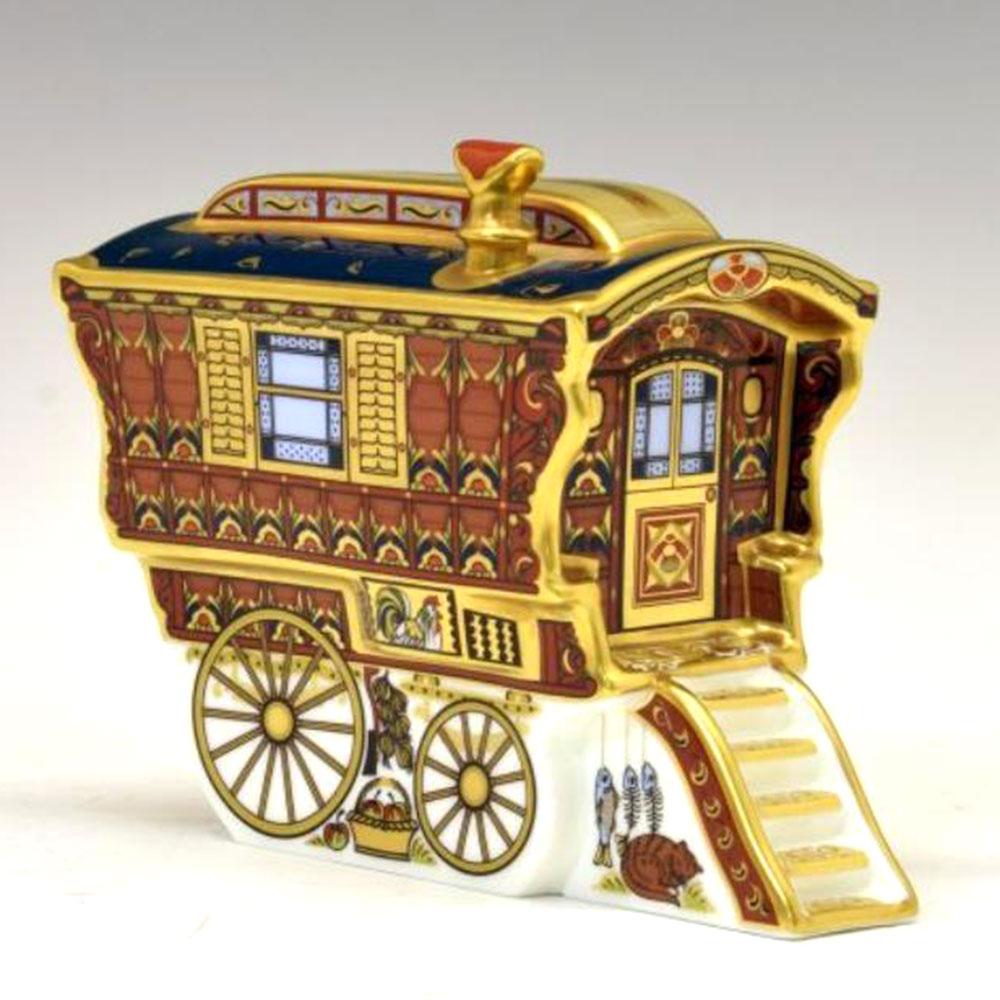
Royal Crown Derby Ledge Wagon by Jefferson
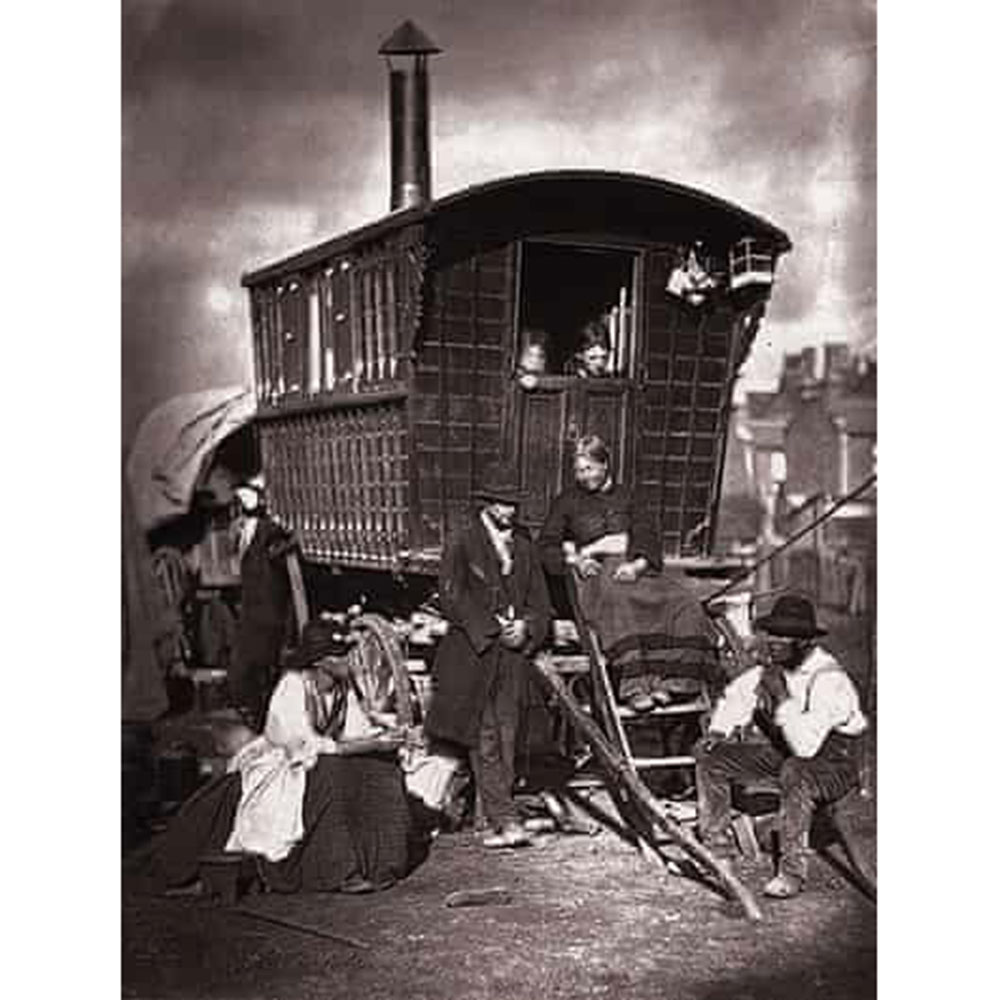
Gypsy Caravan by J. Thompson
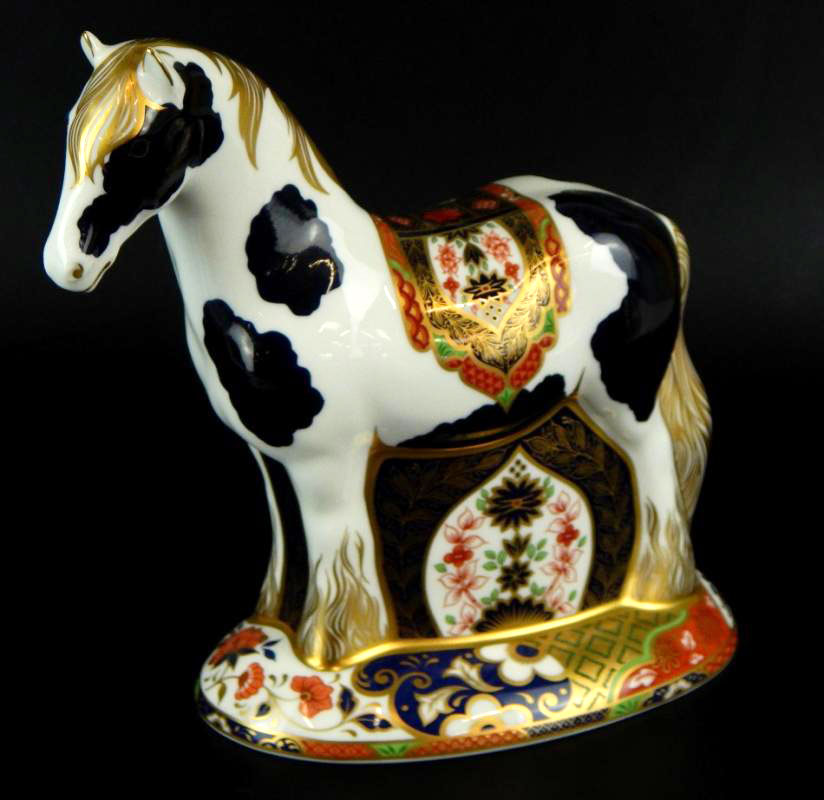
Royal Crown Derby Appleby Stallion

Appleby Fair 1939

Gypsy Girls by L. Knight

Fairground at Penzance by L. Knight

Gypsy on a Carousel Horse
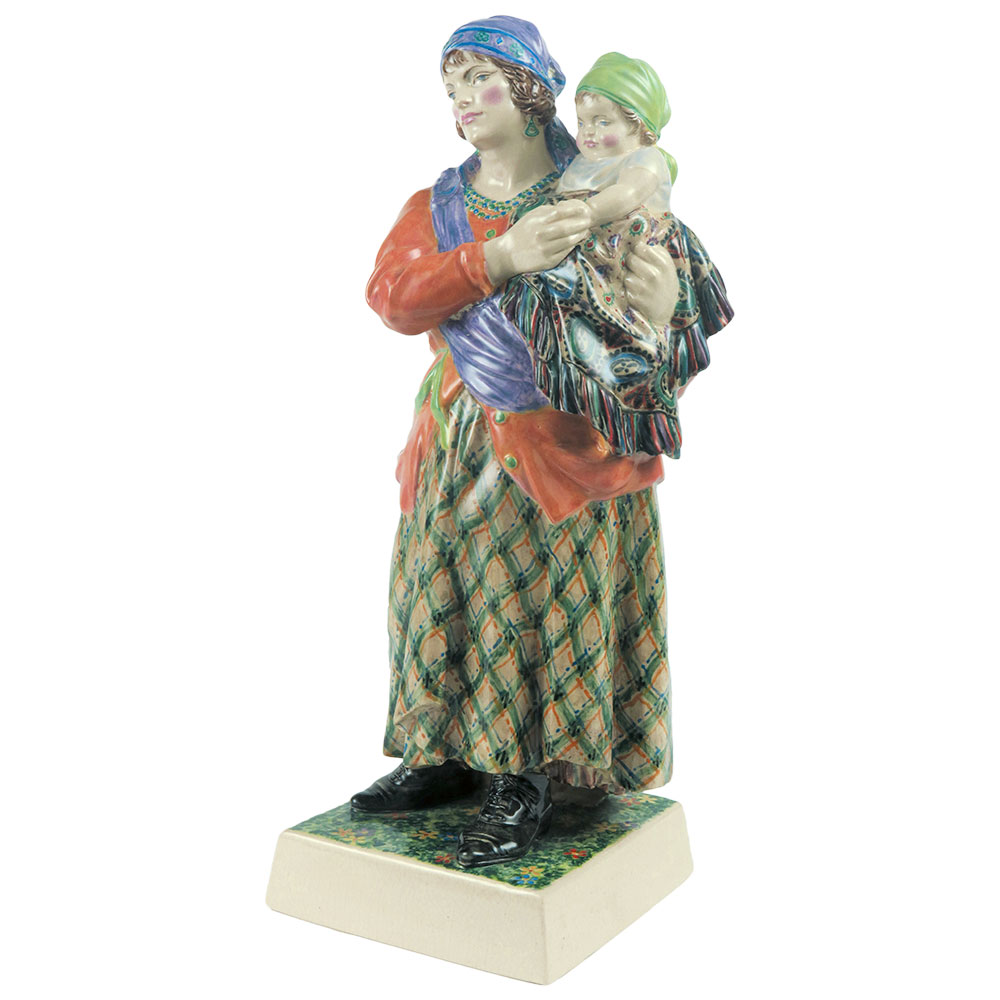
Madonna of the Racecourse by C. Vyse
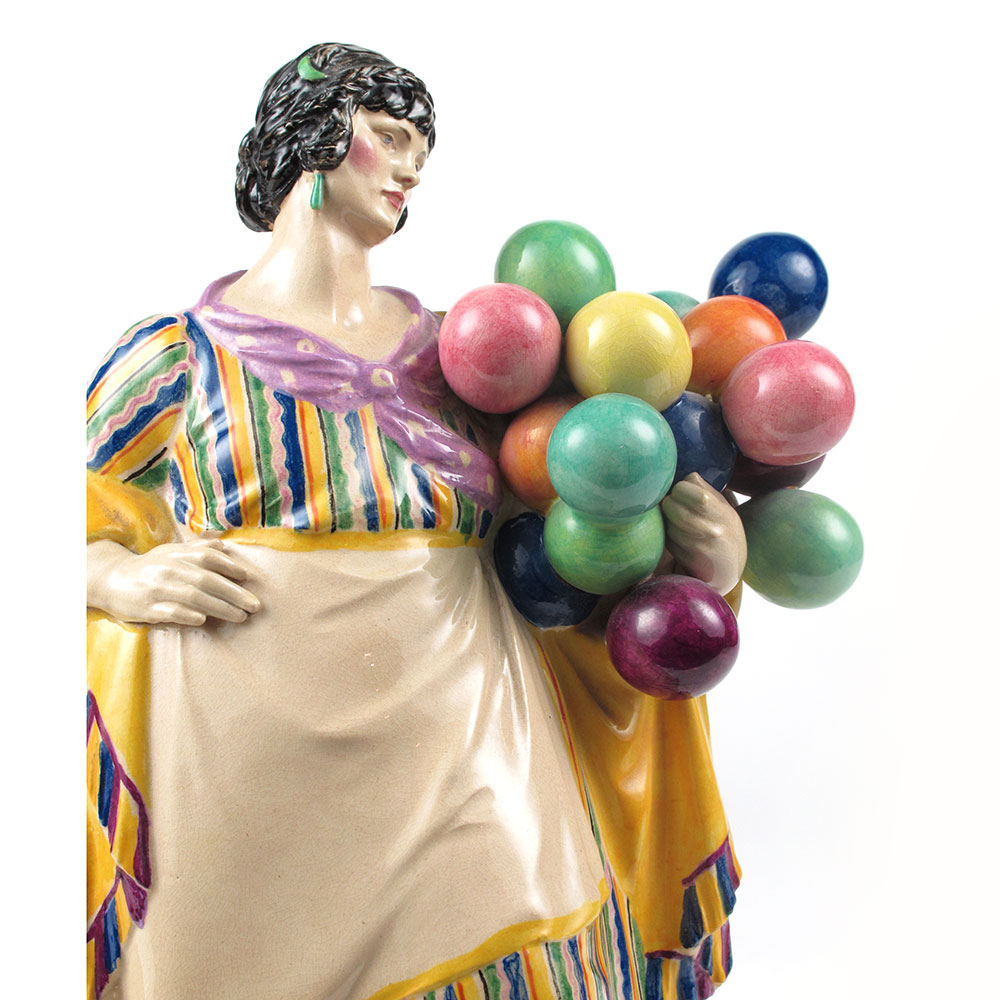
Balloon Woman Detail

Windmill Woman by C. Vyse
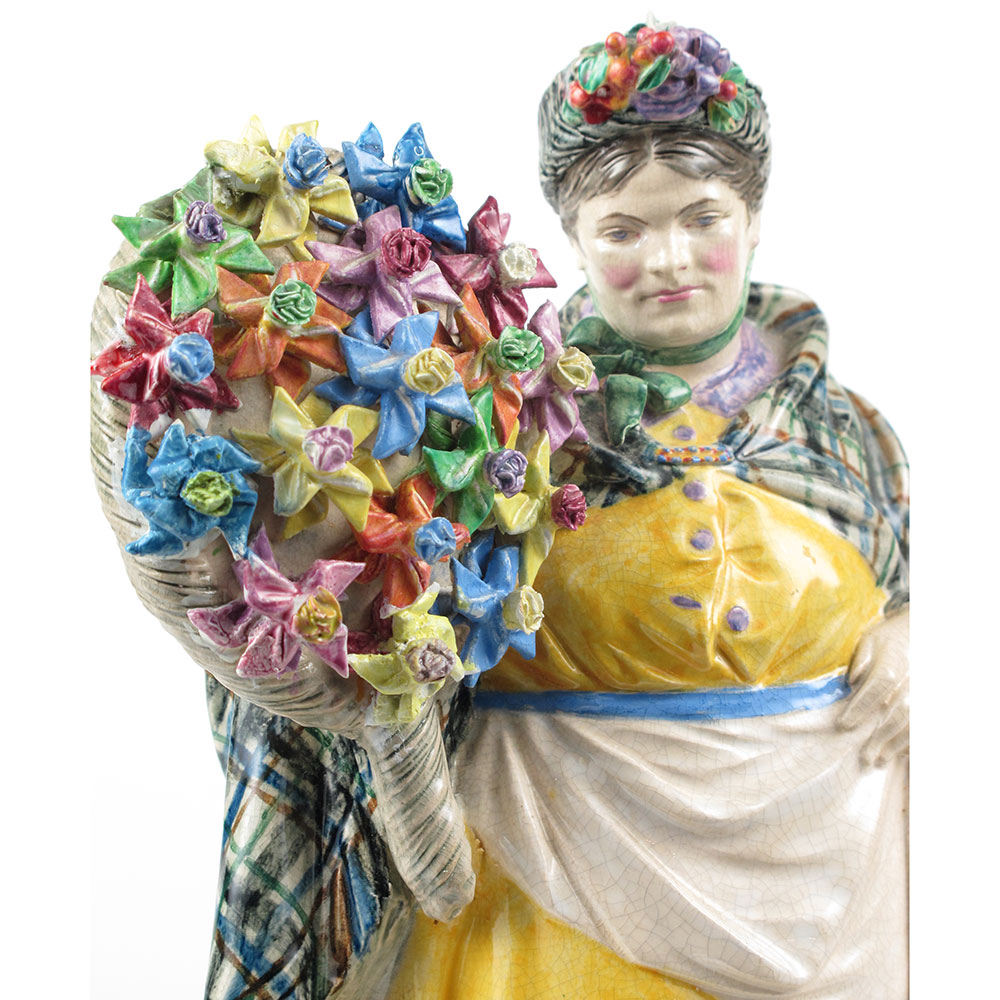
Windmill Woman Detail

Royal Doulton Balloon Seller
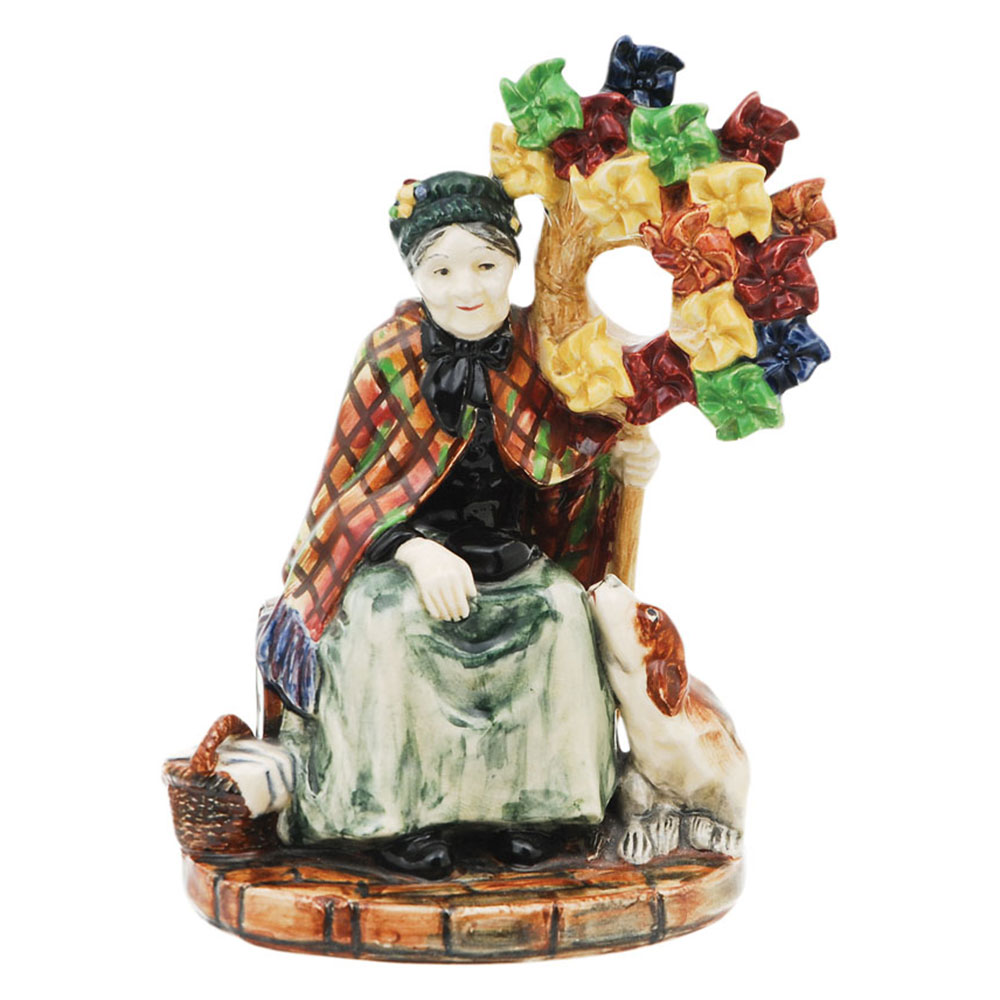
Royal Doulton Windmill Lady

Walkers Ad

At Barnet Fair by C. Vyse
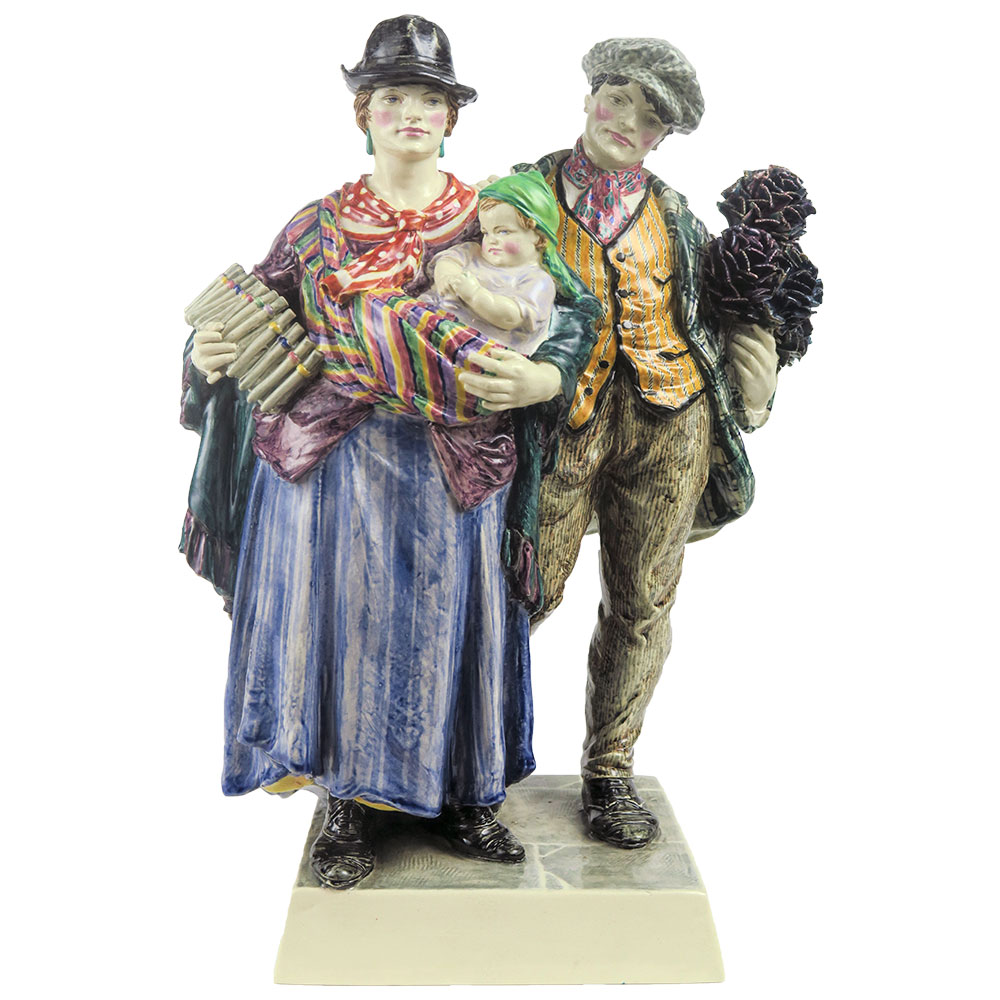
Gypsies by C. Vyse
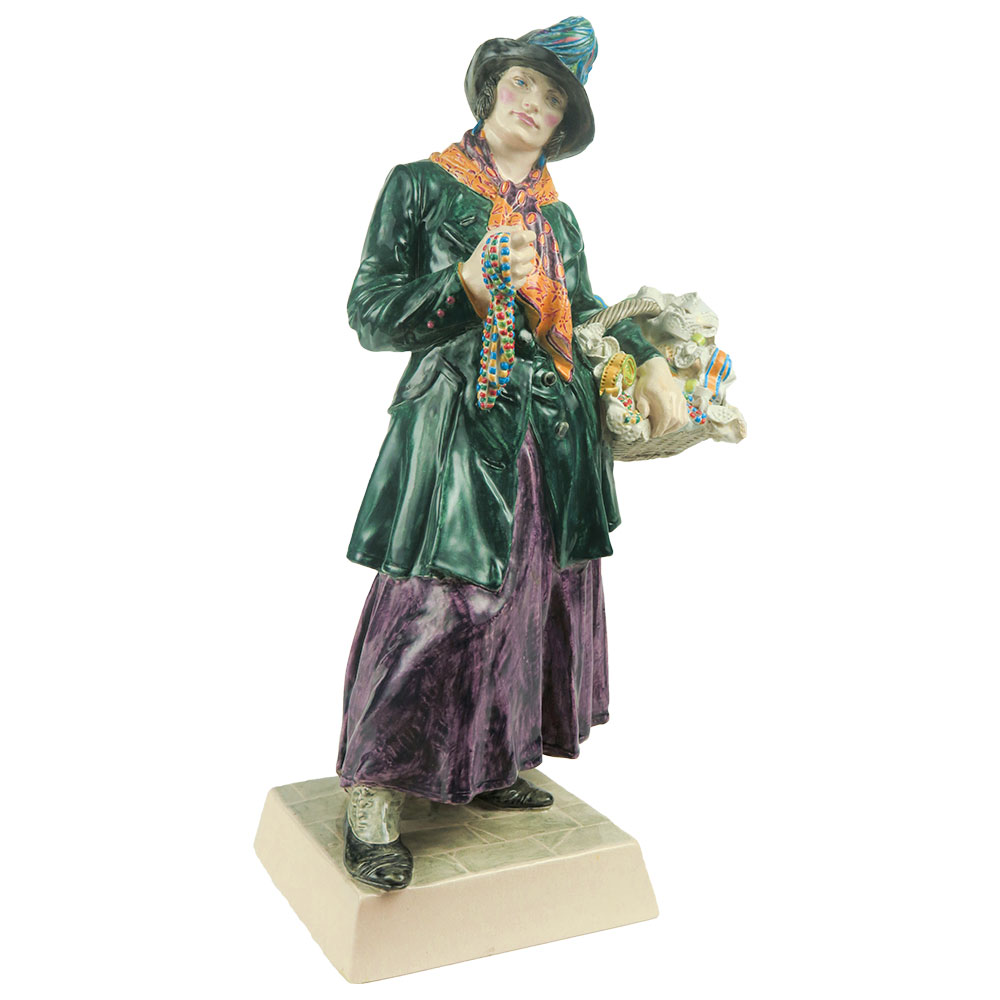
The Pedlar by C. Vyse
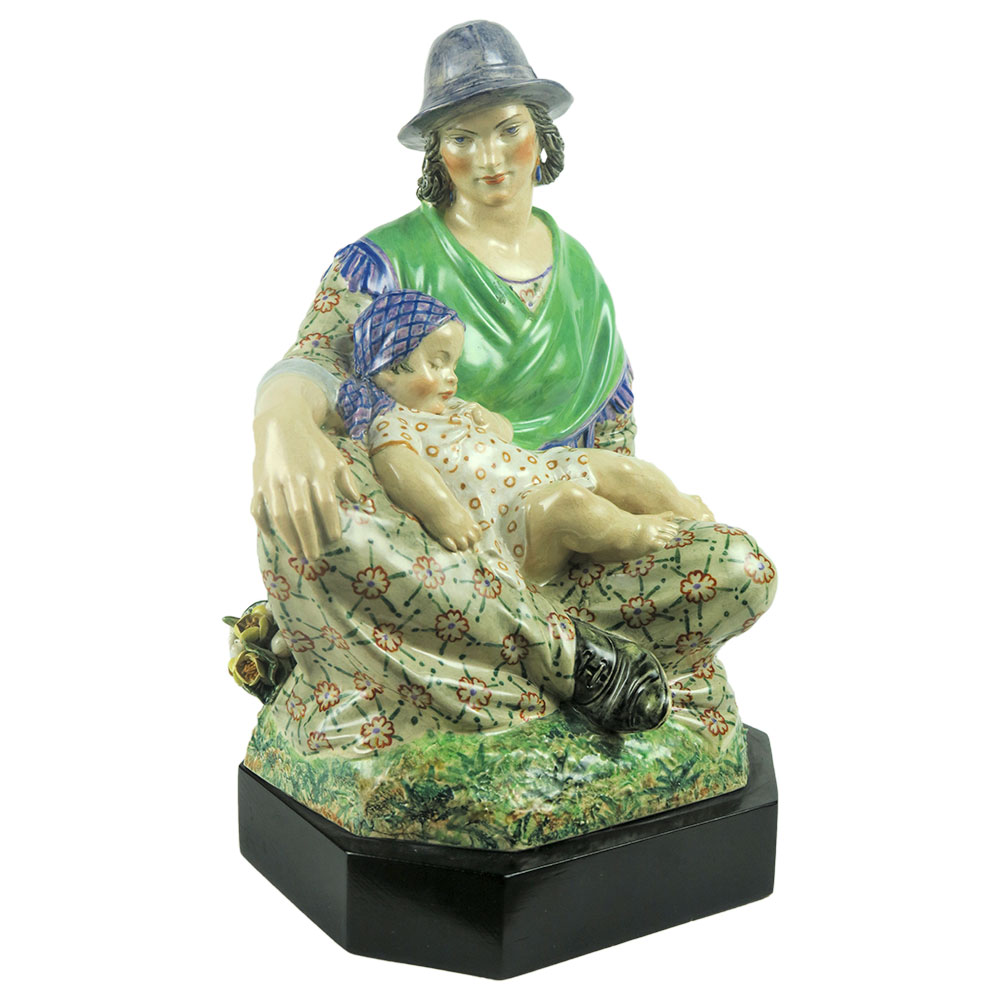
Mid-Day Rest by C. Vyse

Charles & Nell Vyse painting Gypsies
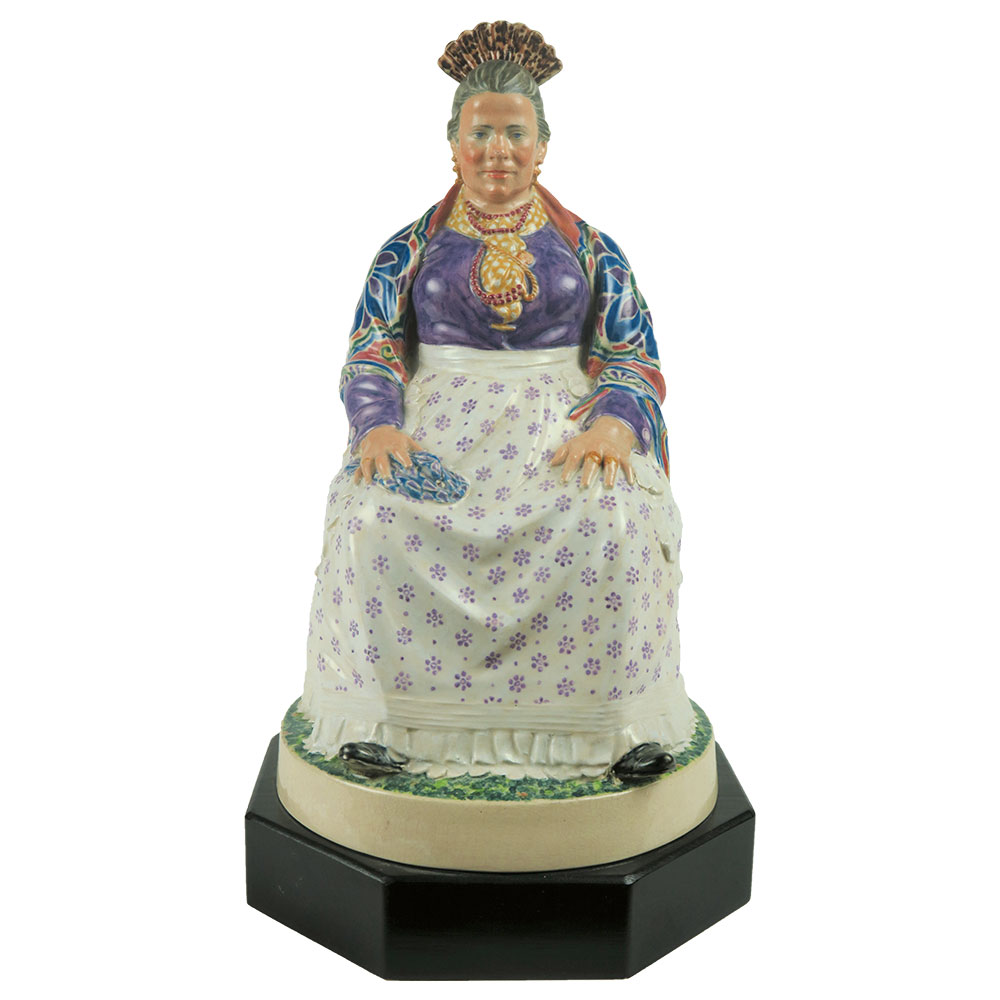
Gypsy Queen by C. Vyse
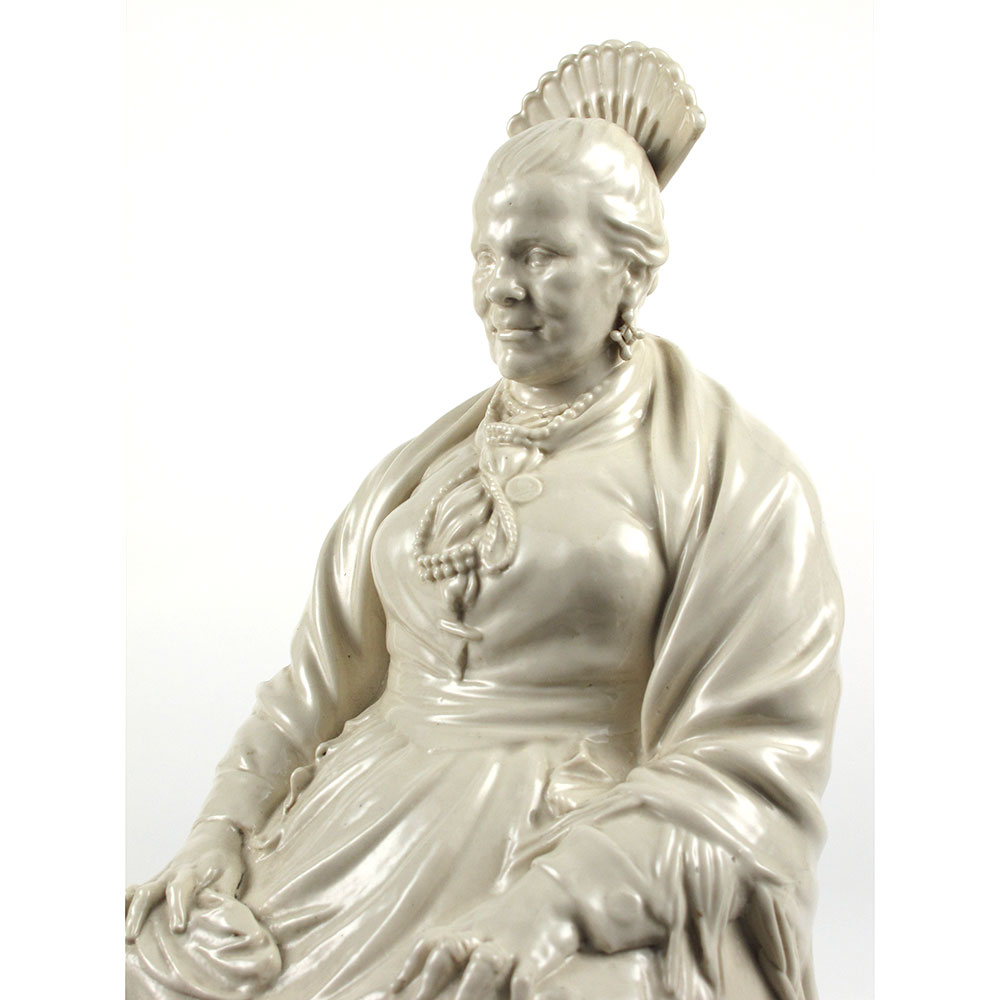
Gypsy Queen by C. Vyse
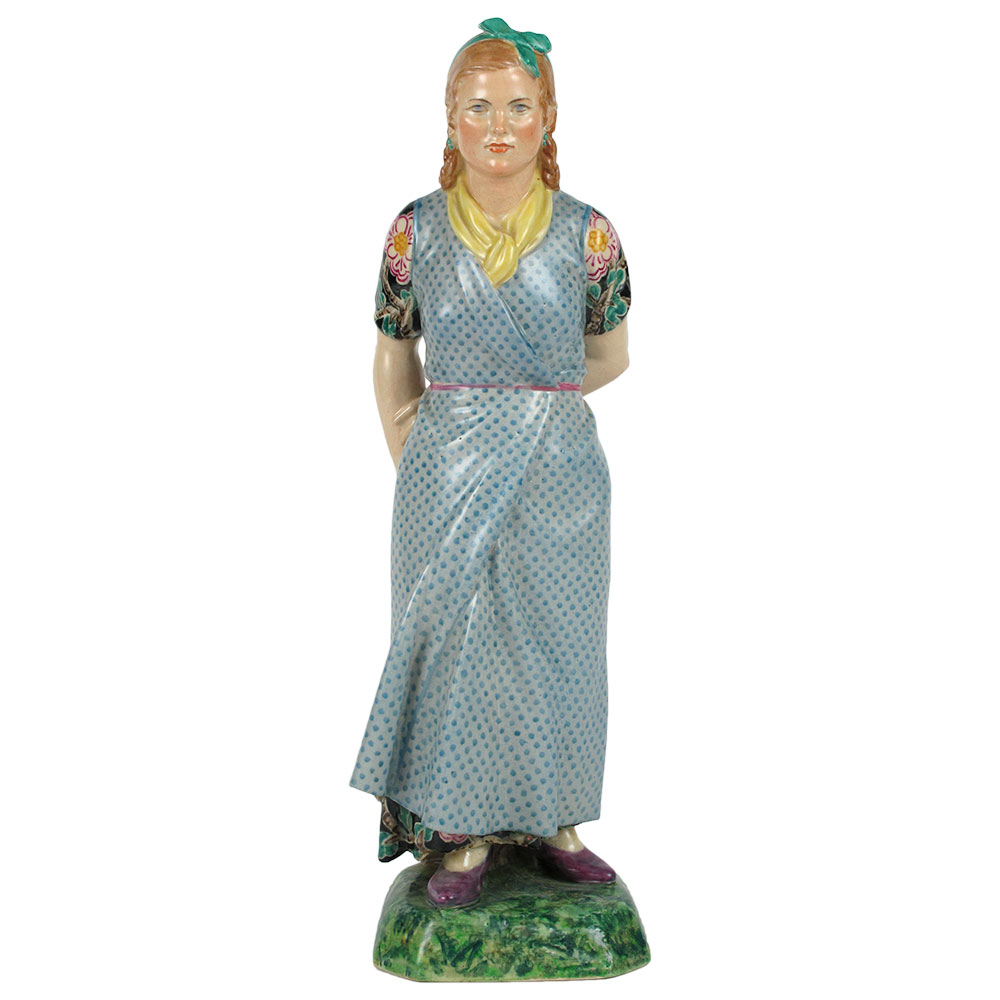
Fair Taggly by C. Vyse
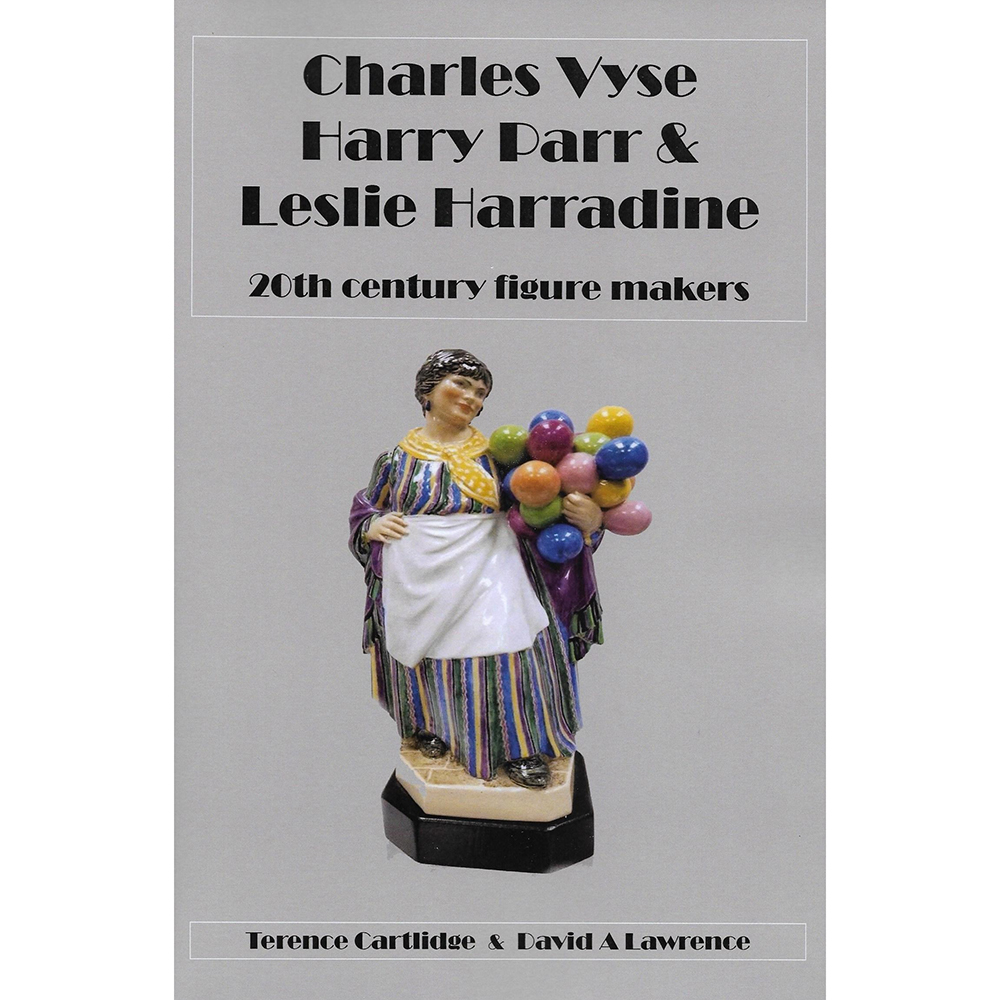
20th Century Figure Makers by T. Cartlidge and D.A. Lawrence
